Scientists Witness the Evolution of Fungi as Cheese Stored in a Cave Turns From Green to White
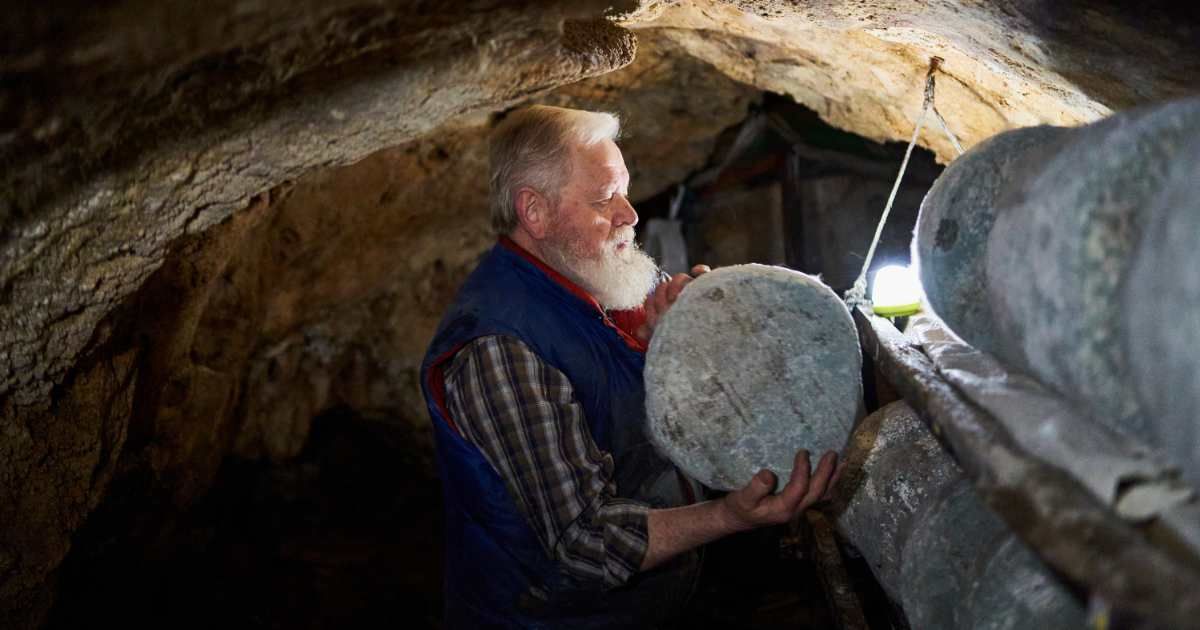
Microbes are usually invisible to our naked eye, but they surprisingly play significant roles in shaping the world around us. These tiny organisms are known to adapt, mutate, and evolve in incredible ways. In some cases, they also prove how life can thrive even in the most unexpected places with extreme weather conditions. Recently, scientists were surprised to witness the evolution of microbes inside the samples of a cheese called Bayley Hazen Blue, collected from Jasper Hill Farm in Greensboro, Vermont, in 2016. Benjamin Wolfe, a microbiome scientist at Tufts University, collected these samples when he accompanied his former advisor, Rachel Dutton, to the farm where her boyfriend was about to propose to her.
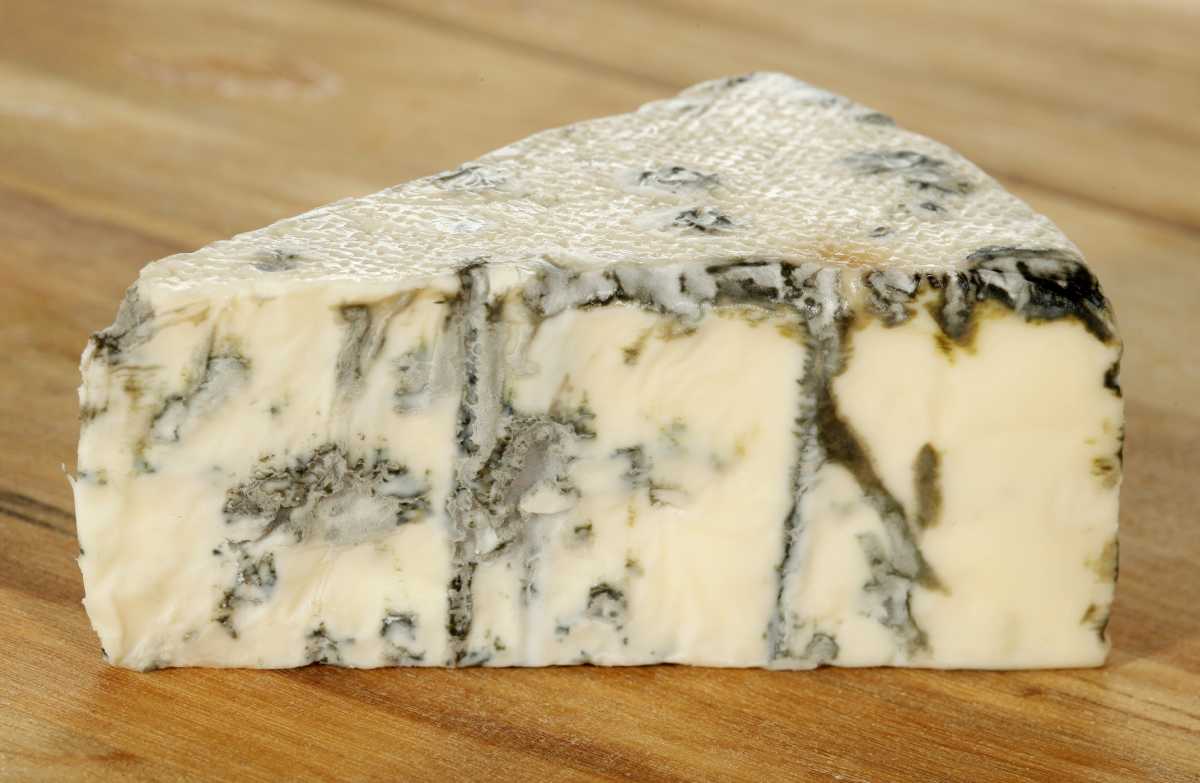
The proposal went smoothly, as planned, and the biologist successfully collected a few scrapings from the rinds of Bayley Hazen Blue cheeses, storing them in a freezer for future study. Back then, the mold coating those wheels had a vivid green hue, like an avocado skin. But several years later, when a graduate student, Nicolas Louw, returned to the same farm, he noticed that the new cheese samples were not green, but white. Since the recipe was the same, and the caves were also the same, the researchers came up with an explanation that the mold might have evolved over the years, as reported by Smithsonian Magazine.
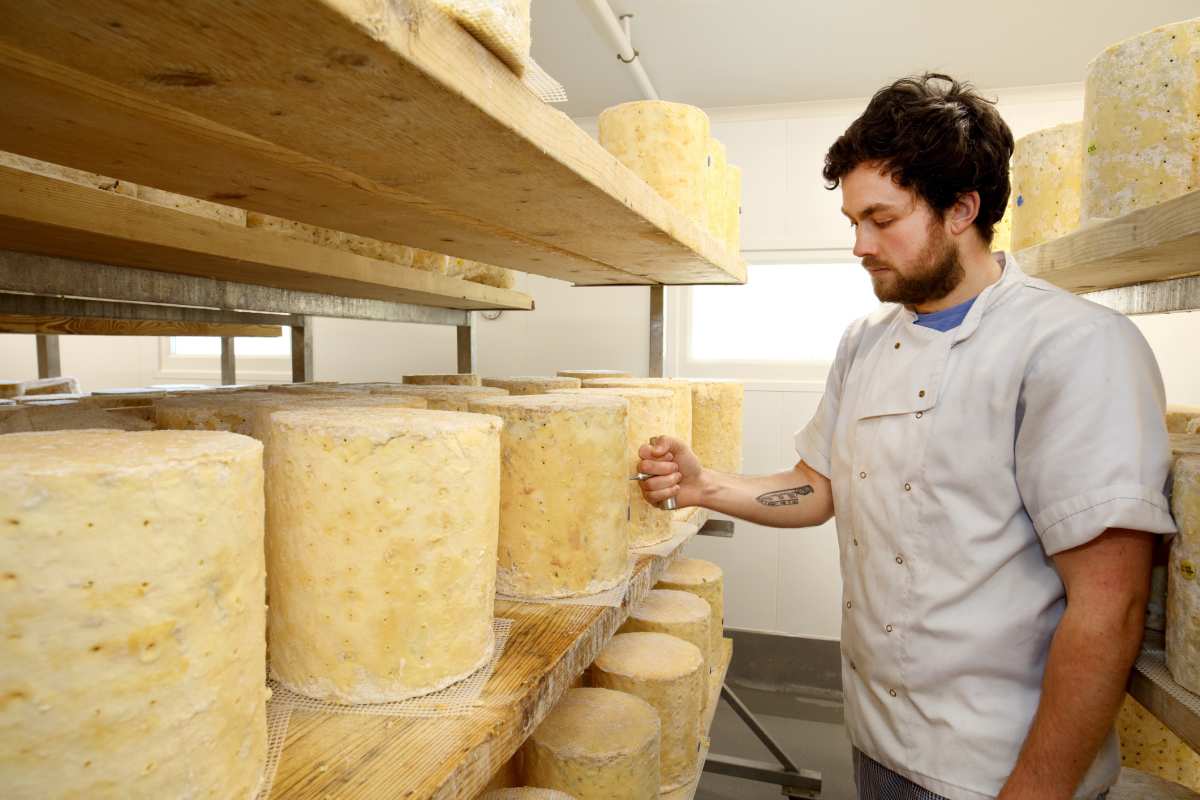
After conducting detailed research, scientists discovered that the cheese’s unexpected color shift was caused by a mutation in a single gene—ALB1. This gene is commonly known to produce melanin, the same pigment that protects us from ultraviolet rays. The findings of this research were revealed in a study titled, ‘Long-term monitoring of a North American cheese cave reveals mechanisms and consequences of fungal adaptation,’ which was published by the journal Current Biology. Explaining the changes, Louw stated that since the cheese was located inside a dark cave, it doesn’t require melanin, which is why they might have lost the gene that makes it.
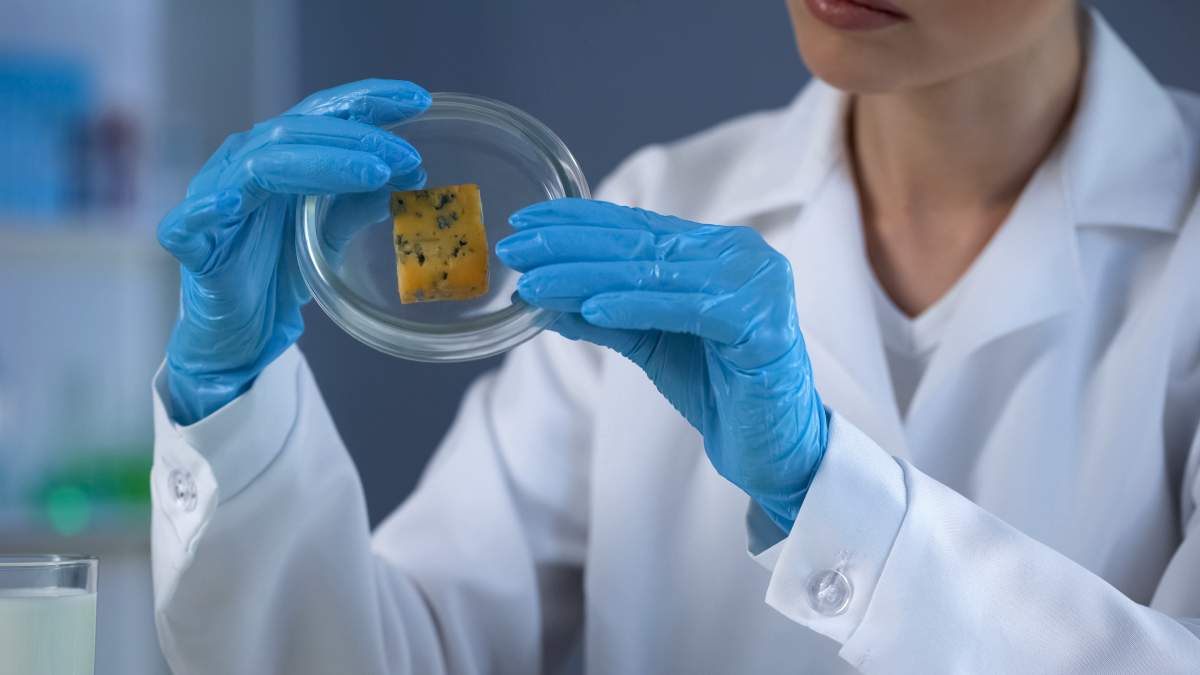
This isn't the only example; over generations, creatures that live entirely in dark areas—like a few fish species, and worms—have stopped producing melanin altogether, gradually losing their body color, as reported by The New York Times. Louw said, “By breaking that pathway and going from green to white, the fungi are essentially saving energy to invest in other things for survival and growth.” In one of his official statements, Wolfe also said, “This was really exciting, because we thought it could be an example of evolution happening right before our eyes.”
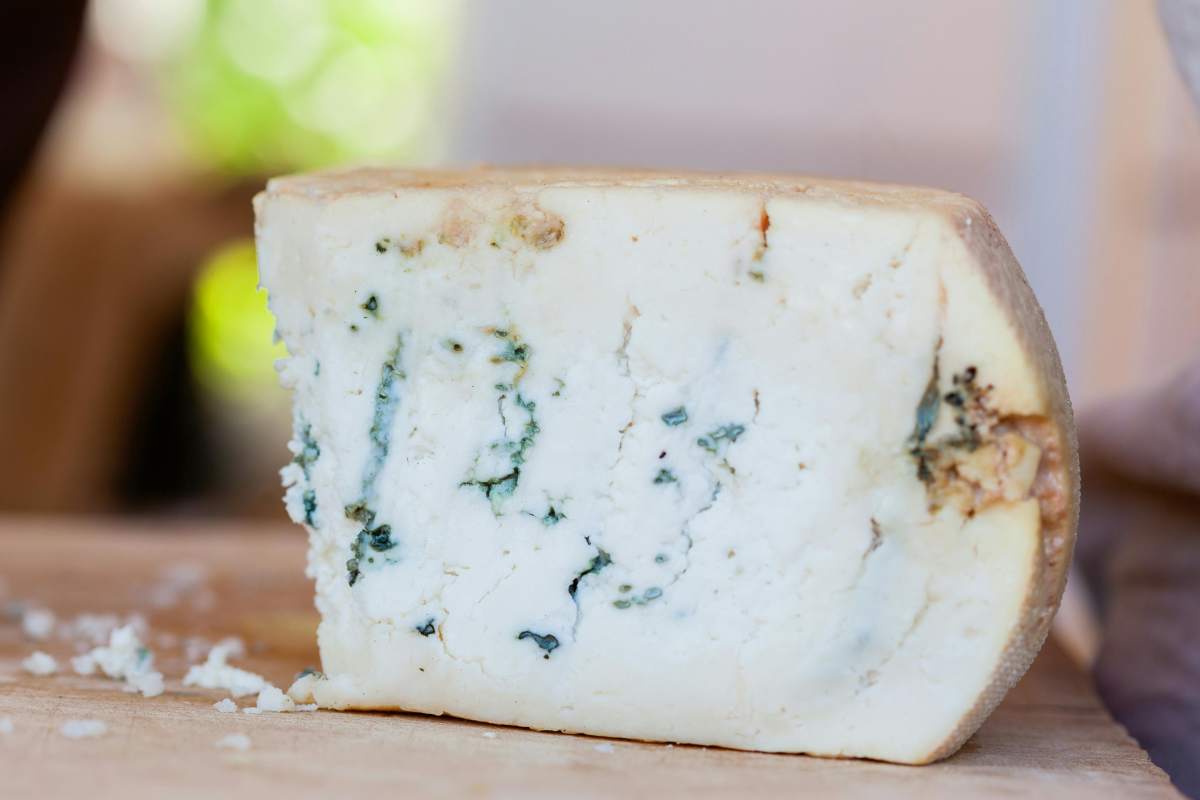
The microbiome scientist added, “Microbes evolve. We know that from antibiotic resistance evolution [and] pathogen evolution, but we don’t usually see it happening at a specific place over time in a natural setting.” Another expert, a fungal genomicist, Sam O’Donnell, called the discovery a perfect example of evolution in action. Meanwhile, speaking about the future, Wolfe said, “Seeing wild molds evolve right before our eyes over a period of a few years helps us think that we can develop a robust domestication process, to create new genetic diversity and tap into that for cheesemaking.”
More on Green Matters
Alpine Cheese is Slowly Disappearing From Store Shelves and The Reason Behind It Is Truly Worrying
Why are There Tiny Holes in Swiss Cheese? Researchers Have Finally Solved The Mystery